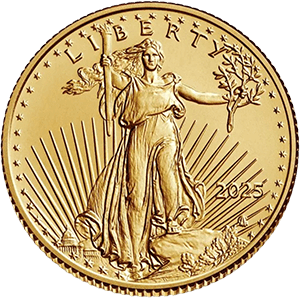
Identifying a double-die Lincoln cent requires careful inspection, but with the right tools and knowledge, you can spot these rare coins in your collection. Here are the steps for identifying a double-die Lincoln cent:
-
Use a Magnifying Tool: A loupe or microscope is essential for closely examining your coin. High-quality magnification will allow you to see the fine details of the coin’s design and check for any signs of doubling.
-
Examine Key Areas: Pay attention to the date, the word “Liberty,” and the phrase “In God We Trust.” The doubling will be most noticeable in these areas, where you’ll see a shadow or misalignment of the letters and numbers.
-
Look for Significant Doubling: In a true double-die Lincoln cent, the doubling should be visible with the naked eye under magnification. This is different from worn-out coins where the letters might appear blurry.
-
Check for Rarity: Not all double-die Lincoln cents are created equal. Some, like the 1955 and 1972 double-die obverses, are more prominent and valuable than others. Compare your find to images of known double-die coins to verify its authenticity.
Grading Double-Die Lincoln Cents
Grading is an essential part of the coin-collecting process. The higher the grade, the more valuable the coin. Double-die Lincoln cents are graded based on their overall condition, including any visible wear, scratches, or blemishes. When it comes to double-die coins, the presence of a strong, visible doubling can positively affect the grade.
-
Mint State (MS): Coins in mint state, with no visible wear, will command the highest prices.
-
AU (About Uncirculated): Coins with slight wear but still in near-perfect condition.
-
Lower Grades: Coins with heavy wear or visible damage will have a much lower grade and thus a lower market value.
It’s always advisable to have your double-die Lincoln cents professionally graded by a reputable grading service like PCGS or NGC. A certified coin can fetch significantly more on the open market.
Common Mistakes and Misidentifications
While double-die Lincoln cents are highly collectible, they are also easily mistaken for other forms of coin damage. Some collectors may confuse post-mint damage (such as machine doubling or coin wear) with true double-die errors. Always ensure you’re distinguishing between genuine doubling and wear patterns caused by handling or age.
Now that you know how to spot and grade double-die Lincoln cents… what are they really worth?
In Part 3, we’ll explore the collector market, how to buy and sell these rare coins, and whether they’re a smart long-term investment.

